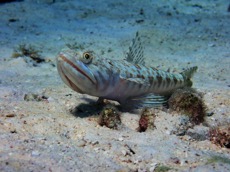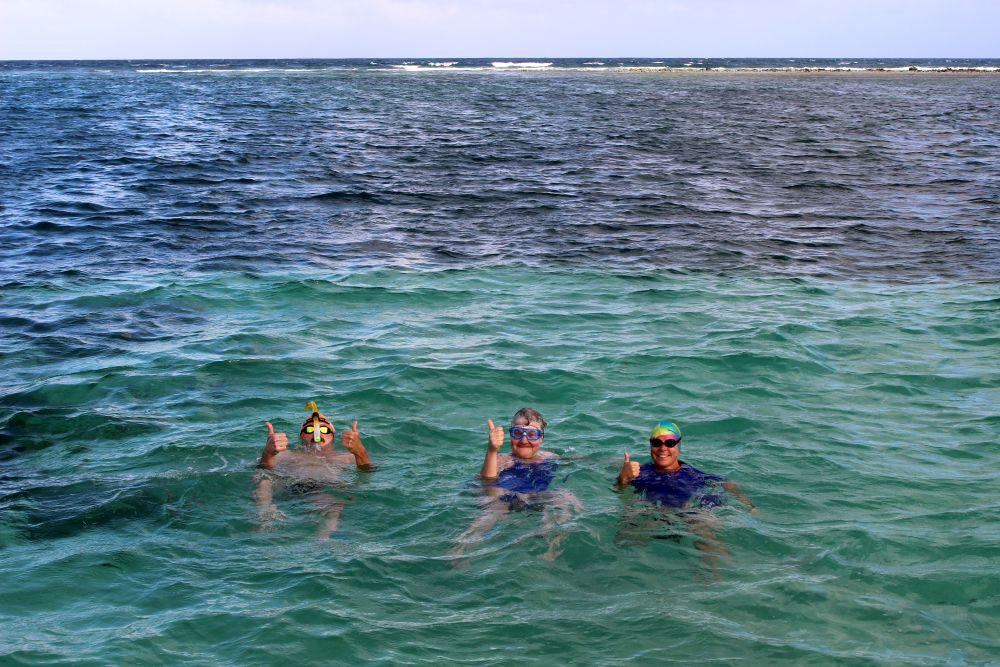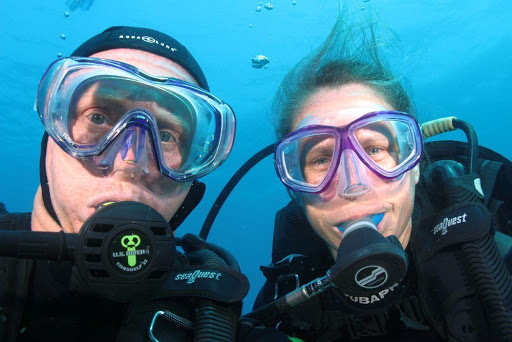CREATURE FEATURE | CARIBBEAN REEF OCTOPUS
Nick Barker
Caribbean Reef Octopus (Octopus briareus)
Clever and intelligent – two words that sum up the Caribbean reef octopus. These nighttime predators often need to escape danger themselves and will let loose with a curtain of dark ink when hunted by stingrays and sharks. The ink hides the escaping octopus and has an unpleasant taste that deters the predator.
Caribbean reef octopuses can also modify their color to cleverly blend in with the rocky sea bed. Specialized color cells known as chromatophores can quickly change the octopus’s color from blue-green to bright red to a muddy brown in a matter of moments.
Researchers have determined that the octopus is one of the most intelligent invertebrates, learning where danger lurks and actively avoiding it.
Combing the waters, a typical three-pound octopus feeds on a variety of crab, shrimp, bivalves and small fish, often by extending its eight webbed arms into a canopy that simply surrounds its prey.
The octopus mating season is generally in January andFebruary, and females can lay hundreds of eggs that hatch in 50-80 days. At 100 days old, hatchlings are three-fourths of their mature size.










